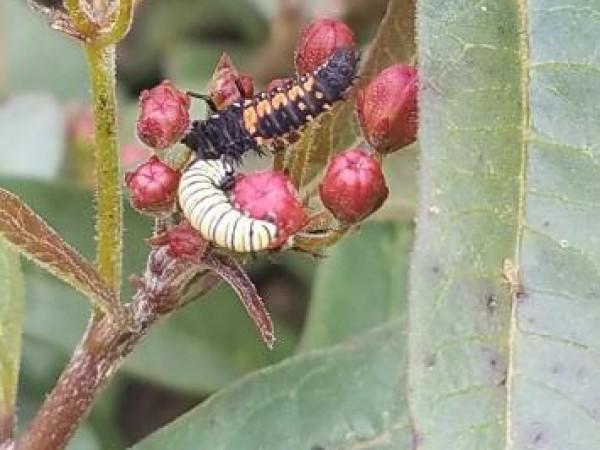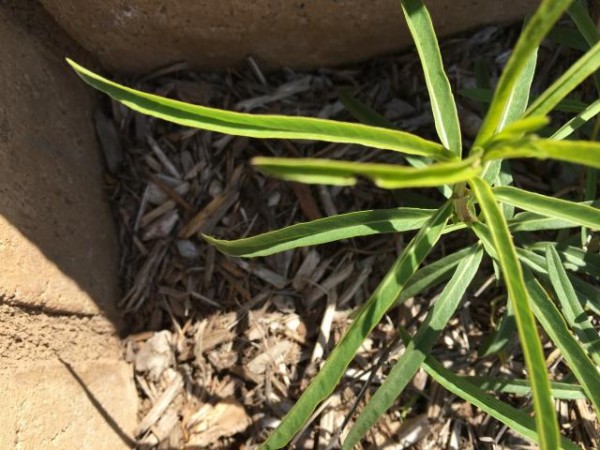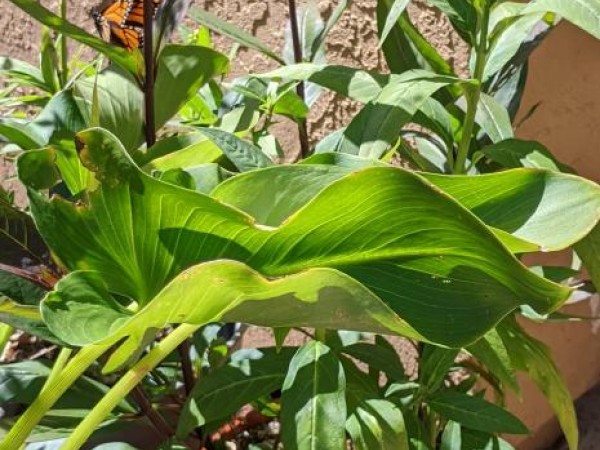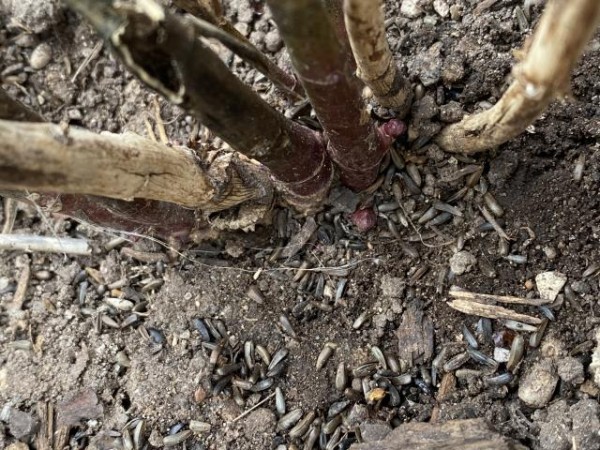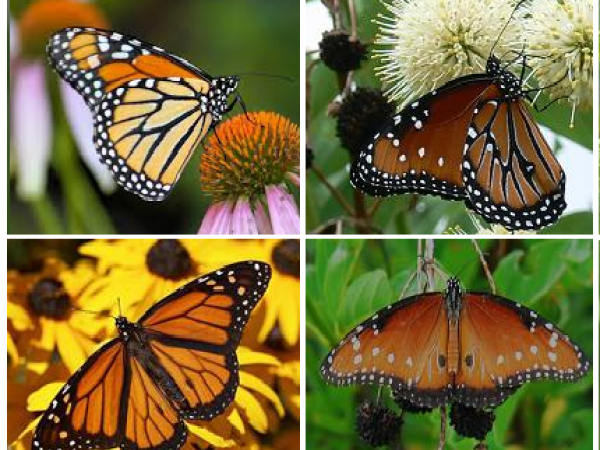Western Monarchs 2020 Spring Report #5
By Gail Morris
Looking for Monarchs
Monarch sightings dropped this week, a harbinger of the spring season. Monarchs that eclosed last summer and fall have mostly left the overwintering sites in California and Mexico and are reaching the end of their lives. But Dr. John Dayton reports just a few male monarchs at the overwintering sites still in Santa Cruz, California. Across the area a few worn and ragged monarchs may still appear, but soon we’ll be seeing the bright and new look of freshly eclosed monarchs harkening a new generation.
Larvae Sightings in California
The source of monarchs in Southern California continue to be unknown. While monarchs appear in this region much of the winter, their life-cycle varies in length responding to the temperatures. Their movement is also unknown during the migration so your report of sightings continues to be valuable.
From Riverside, CA: Christine "found three young monarch caterpillars March 20. This guy in the photo quickly got moved away from the ladybug larva, was put in a mesh enclosure, with the other 2. And the lady bug larva was moved over to some nasturtiums where there were some aphids." (03/20/2020)
From Ventura, CA: Nancy found her first larva. “Tiny caterpillar near stem of leaf with bit out of it.” (03/29/2020)
From San Diego, CA: Emilia observed a monarch as she "layed four eggs." (03/30/2020)
Monarch or Queen Butterfly?
While monarch butterflies are on the move on their Spring migration, queen butterflies are also beginning to appear in the southern ranges of the West. Queens are easily confused with monarchs especially for first time observers. They share the same genus, Danaus, as monarchs and queens both lay their eggs only on milkweed. While queens do not share the same long distance migration, they do have seasonal movements each fall and spring. How can you tell the difference? An easy identifier is to look at their wings. Queens have white dots in the orange, while monarchs do not. A queen has a brown abdomen while a monarch’s abdomen is black. Their flight pattern differs as well but these differences are easy to spot especially when they stop to nectar on flowers. Don’t be discouraged if you see a queen rather than a monarch butterfly! They often savor the same habitat so if you find a queen, keep your watch look for monarchs, too.
Milkweed Emergence Reports
Keep reporting on milkweed emergence!
From Salt Lake City, UT: Even with chilling temperatures, Rachel "spotted a couple of red buds poking through the soil where my Asclepias incarnata is planted." (03/23/2020)
A Challenging Time!
Staying home is hard! Get outdoors in your own yard each day or take a walk in your neighborhood with your pet if you can. Explore nature’s beauty unfolding around you this spring season. Take your camera along and let us know what you find! There are many different sightings you can report to Journey North to help everyone learn about your observations.
Report your Sightings
Spring challenge: When the monarch population is low, it may be difficult for monarchs to find each other to mate, lay eggs, and continue expanding the population during the breeding season. Every monarch you see – whether an adult, egg, larvae or pupae – is important to report and we look forward to reading the observations that you send to Journey North this season! Are native milkweeds up and ready for monarchs where you live? Are native milkweeds blooming? Send in your photos!
Gail Morris is the Coordinator of the Southwest Monarch Study (www.swmonarchs.org), a Monarch Watch Conservation Specialist, and the Vice President of the Monarch Butterfly Fund and the Central Arizona Butterfly Association. The Western Monarch Population News is based on comments provided to Gail Morris. We hope to increase the number of sightings and therefore photos and comments entered into the Journey North. We rely on the volunteers who communicate regularly with Gail and who agree to participate in our effort to increase awareness of the population of western Monarchs.

